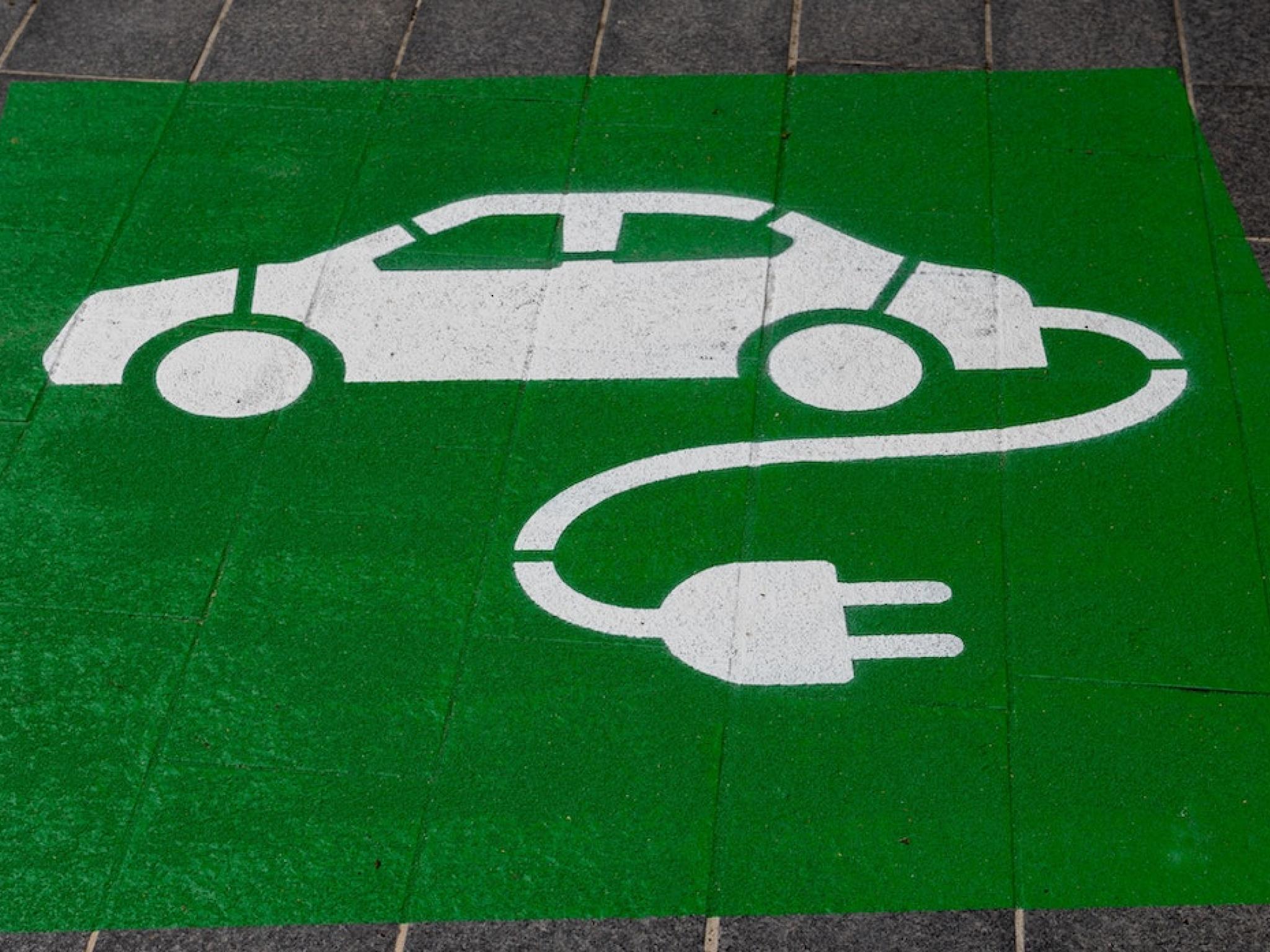
Electric vehicle sales in America are growing at such a rate that the available charging stations that cradle the emerging sector are lacking in some states.
Despite supply-chain and inventory issues as a result of the COVID-19 pandemic, Kelly Blue Book (KBB) estimated that battery-powered electric vehicle sales hit a record high in the fourth quarter of 2021 with 147,779 vehicles sold, representing an increase of 71% over the previous year.
According to a forecast by AutoPacific, EV sales will hit 670,000 units in 2022, up 37% from the units sold in 2021.
Aware of the growth and lack of infrastructure, President Joe Biden announced a five-year, $5 billion plan to help states develop a network of charging stations along designated corridors.
Hopefully, the first state to receive governmental aid will be Lousiana — as it is the hardest state to charge an electric vehicle, with only 30.49 charging stations per million with a population of 4.6 million and a total of 141 charging stations, according to a recent Forbes report.
The report ranked the best and worst places in the U.S to charge an electric vehicle.
Here are the worst:
1. Louisiana
2. Mississippi
- Population: 2.9 million
- Charging stations: 97
- Stations per million: 32.88
3. Alabama
- Population: 5 million
- Charging stations: 198
- Stations per million: 39.29
4. Indiana
- Population: 6.7 million
- Charging stations: 307
- Stations per million: 45.84
5. Kentucky
- Population: 4.46 million
- Charging stations: 216
- Stations per million: 48.57
Here are the easiest:
1. Vermont
- Population: 645,570
- Charging stations: 313
- Stations per million: 484.84
2. Washington, D.C.
- Population: 670,050
- Charging stations: 252
- Stations per million: 376.09
3. California
- Population: 39 million
- Charging stations: 13,628
- Stations per million: 347.32
4. Massachusetts
- Population: 6.9 million
- Charging stations: 2,128
- Stations per million: 304.66
5. Colorado
- Population: 5.79 million
- Charging stations: 1,514
- Stations per million: 252.85







